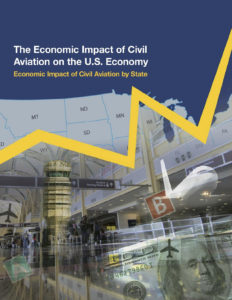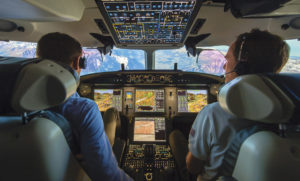“General aviation continues to be a positive contributor to our nation’s economy and benefits thousands of communities,” said Mark Baker, AOPA president and CEO. “We must also continue working together to inspire the next generation of pilots and aircraft technicians and recognize this uniquely American industry and its exceptional impact on our country.”
“This report confirms that general aviation is an economic powerhouse in America,” said Jack J. Pelton, CEO and chairman of the board for the Experimental Aircraft Association. “More than the impressive numbers, however, general aviation represents the best of our country: Innovation, freedom, and a continuing reach toward progress that is encompassed by individuals pursuing their own dreams of flight.”
“As this important study reminds us, general aviation remains an essential and powerful contributor to our nation’s economy, providing critical services to citizens, companies and communities across the country,” said National Business Aviation Association President and CEO Ed Bolen.

 Pilot Shortage
Pilot Shortage